On Friday, Diosa Centéotl was selected to reign over the Guelaguetza festivities. The eight regions of the state of Oaxaca were all represented by the 33 contestants competing for the honor. (My photos of each of the contestants are from the morning phase of the competition.)
First a little history… According to the pamphlet that was distributed to the hundreds of locals, family and friends of contestants, and tourists attending the competition at Jardín el Pañuelito, the little “pocket” garden along the side of Santo Domingo de Guzmán:

Huatla de Jimenez
“In the pre-Hispanic worldview, Goddess Centéotl possessed the divine power to germinate corn and all the plants of the milpa: tomato, squash, chile, quelites, beans, and other vegetables that constituted the Mesoamerican diet….”
“For that reason, prayers, dances, music and flowers were offered in each planting cycle…”
“[Later] the relationship between peoples, nature and the gods was manifested through a liturgical calendar carried out with much scrupulousness by both priests and the common people, for the survival of all was at stake, since a failed crop condemned them to famine, disease and moral suffering.”
“By contrast, an abundant harvest filled the people with happiness and they understood that the Goddess of Fertility – Centéotl – had listened to their requests.” — my translation from the Spanish

Ejutla de Crespo

Teotitlán del Valle

Santa María Tlahuitoltepec
The competition to be Diosa Centéotl is not a Miss Universe/Miss America style beauty pageant. Dressed in the typical costumes of their villages or neighborhoods, these young women had to communicate their knowledge of their communities. They were required to give two 4-minute oral presentations in front of five judges: Jorge Bueno Sánchez (city chronicler), Celia Florián (chef/owner of Las Quince Letras), María Concepción Villalobos (coauthor of Centéotl en los Lunes del Cerro), María Concepción Guzmán Concha (textile expert), and Claudio Sánchez Islas (writer and journalist).
In the morning session of the competition, each was required to speak about their traditional cuisine, crafts, festivals, customs, myths and legends, or tourist attractions. During the afternoon stage, each had to discuss the history, composition, elaboration, and utility of their costumes. In addition, as Oaxaca has sixteen distinct ethnolinguistic groups, contestants from the various indigenous communities spoke several lines in their materna lengua (mother tongue).

Santa María Zacatepec
It is in the dignity, pride, and poise expressed by each of the contestants where we see the essence of their beauty expressed. And the winner is…

Rebeca Itahí Ortiz Santibañez, San Melchor Betaza
Rebeca Itahí Ortiz Santibañez, from San Melchor Betaza in the Sierra Norte region of the state. At being selected she exclaimed, “Doxhkenho dazhan” — Muchas gracias in Zapoteco.
(ps) If anyone has or can find a list of all the contestants, I would really love to add their names and communities to each photo. I think they all deserve to be recognized.
Read Full Post »



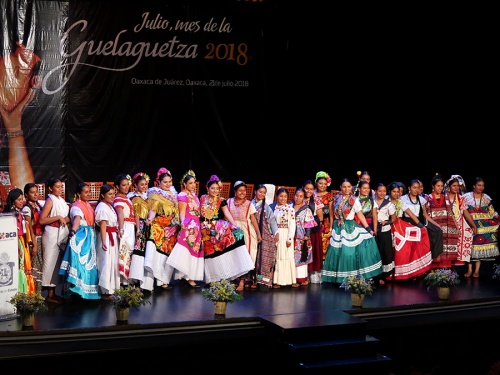

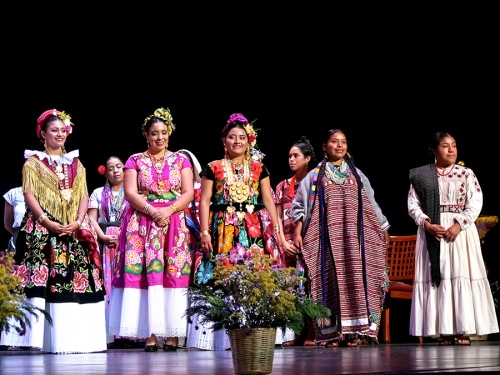
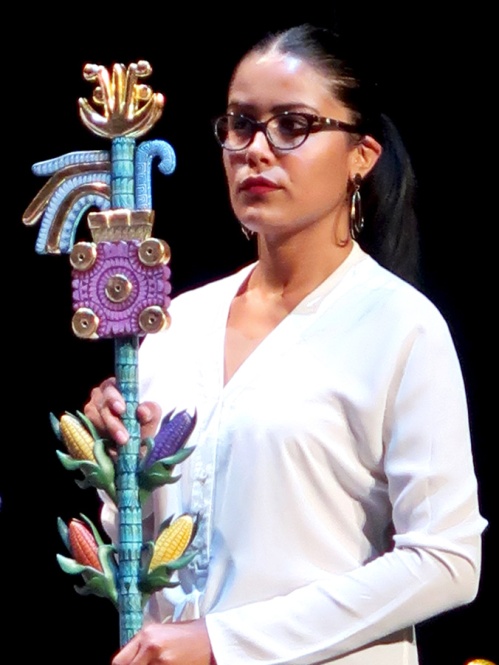

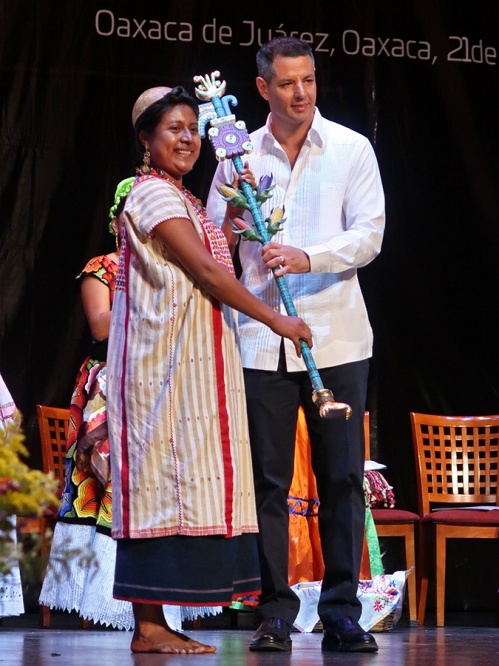

































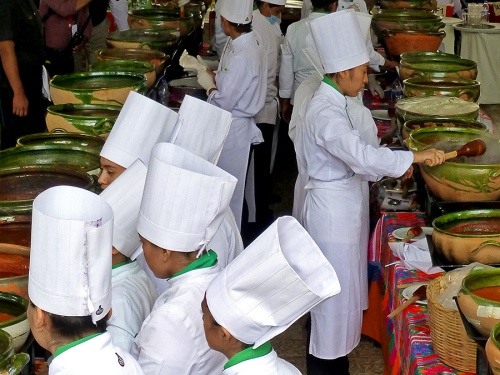
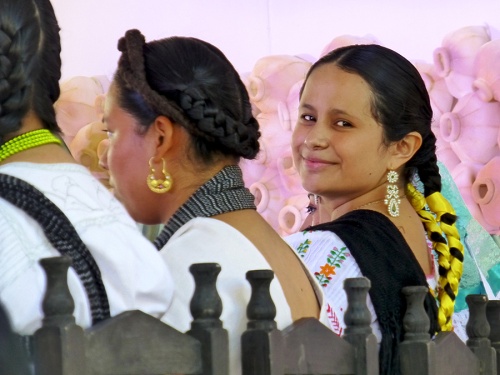
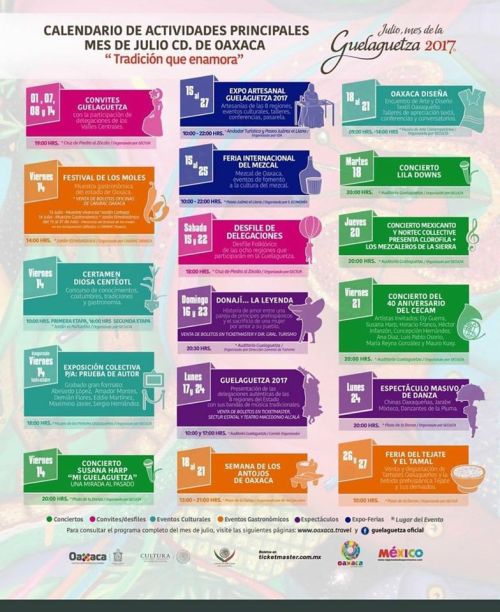
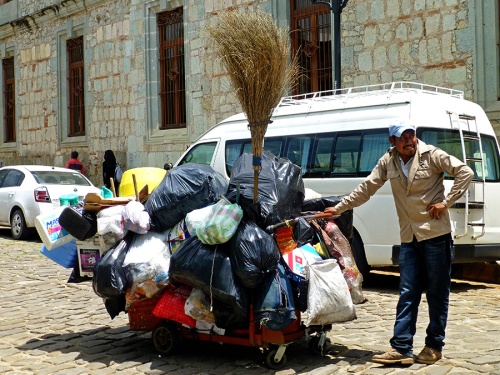














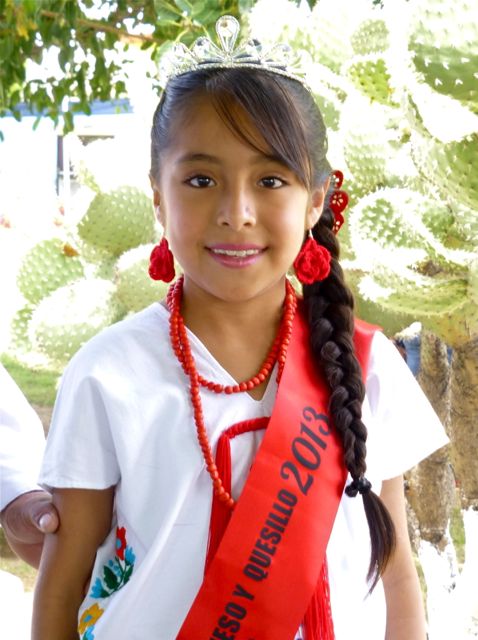






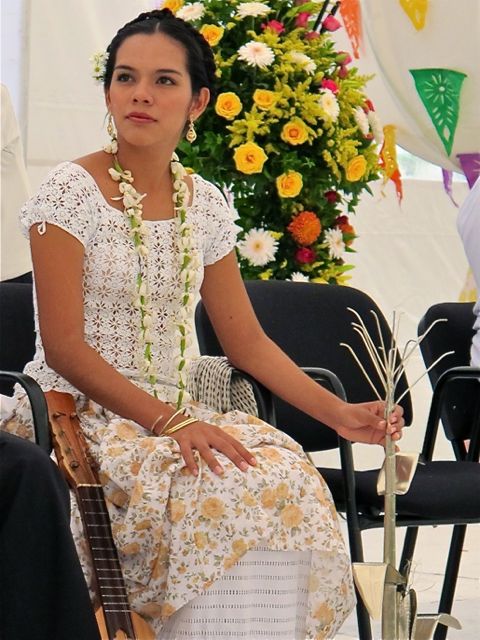








 Mexican Peso Converter
Mexican Peso Converter